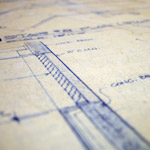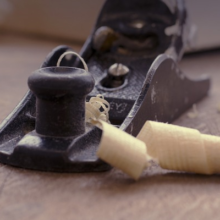Woodworking Patterns
As mentioned in previous posts, woodworking and woodcrafting require precision. One thing that will dramatically help you be more precise is preplanning. Before you even begin, have a good understanding of the raw materials needed, the tools to be used, the amount of time involved, and the goal which is the finished product. Using patterns, either developed yourself or obtained elsewhere, can both improve the final result and save you time in the long run.
A pattern can be drawings, or even paper cutouts, or they can be templates of individual pieces that you make out of scrap wood. They could be example edges or moldings, which you will duplicate in the final piece. The use of patterns or templates can not only improve the end result, but can save you from wasting materials by failing to plan appropriately.
Ready-made woodworking patterns and plans are available from a variety of sources, from books to online. Using pre-developed plans and patterns provides many benefits. First, and most important, most are put together by woodworking professionals who have honed their skills over years of trial and error. If there’s a mistake to be made, they’ve probably made it, and kept the lessons they’ve learned in mind while developing the plans. Second, having plans allows you to work on projects that may be outside of your current comfort zone, and develop new skills in the process. Third, if your personality is more utilitarian than artistic, patterns and plans may give you ideas beyond what you might think up on your own. And finally, they’re just flat convenient, allowing you to work faster than if you had to spend the time to develop a plan on your own. There are plenty of resources on this site for ready-made plans and patterns, so check out some of them to see if they might be helpful.

